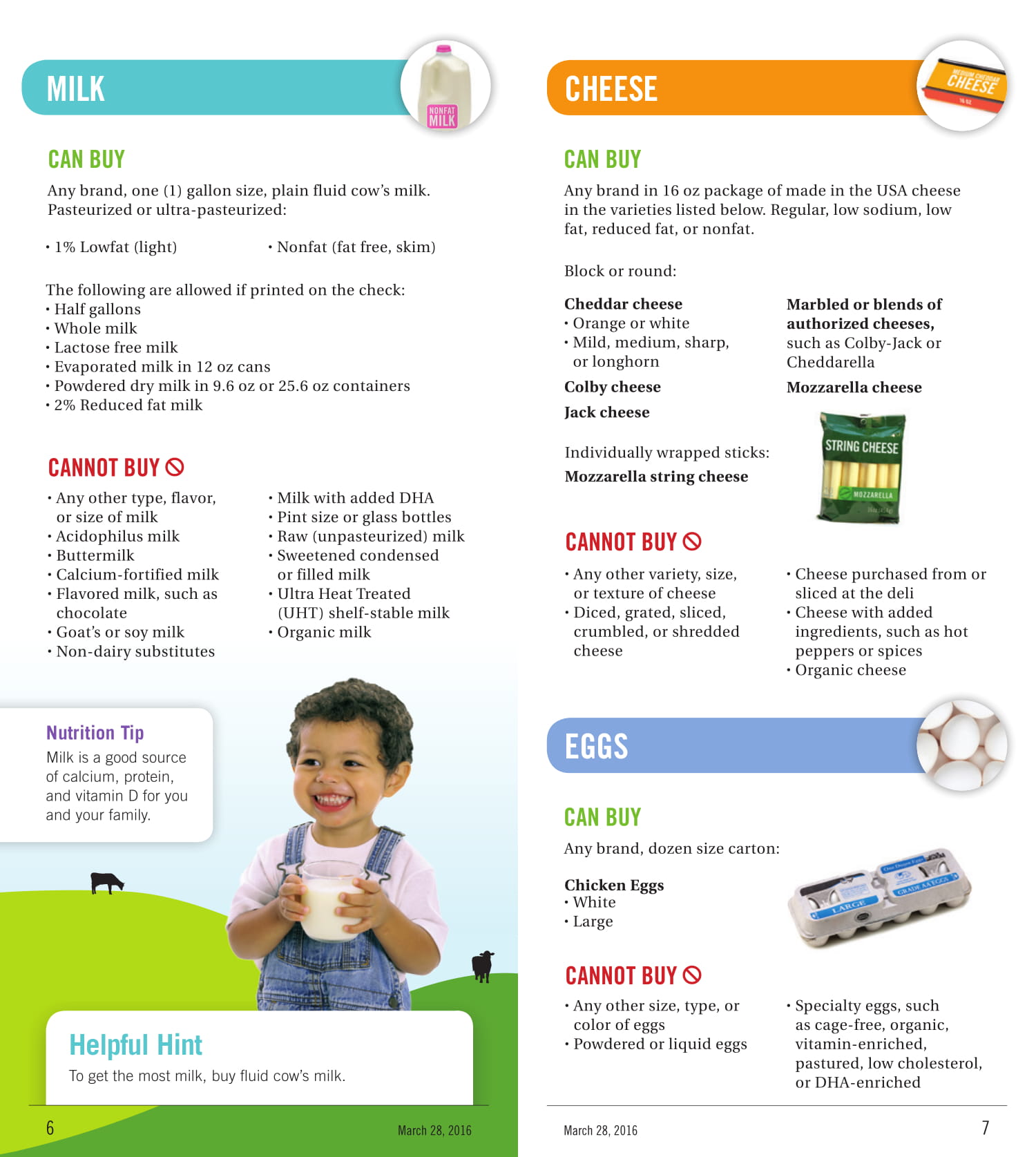

Although such alternative healthy food options are advocated to enhance food environments and increase healthy food access more quickly than attracting new grocery stores, there has been little research on perceptions and preferences that could affect the use of these as sources of healthy foods. Such experiences and preferences extend to alternative sources of fresh fruits and vegetables such as farmers markets, community gardens, or roadside stands. These perceptions influence the stores they patronize and foods they buy.

All people, including members of ethnic and racial minorities, have perceptions of particular stores and preferences for specialty foods based on personal experience and cultural significance. Ī variety of complex socioeconomic and cultural factors influence food purchasing and how people interact with their local food environment. This lack of access to fruits and vegetables and other healthy foods can contribute to chronic diseases such as heart disease and diabetes or risk factors such as hypertension and obesity. Many neighborhoods with large minority populations are classified as food deserts and lack full-service grocery stores, increasing the difficulty and expense of obtaining healthy foods. Evidence is increasing that variability in food access plays a prominent role in these disparities. Fruit and vegetable consumption falls well below recommendations in much of the US, particularly among African American, Latino, low educational attainment, and low income populations.

Access to healthy food is a significant public health concern.


 0 kommentar(er)
0 kommentar(er)
